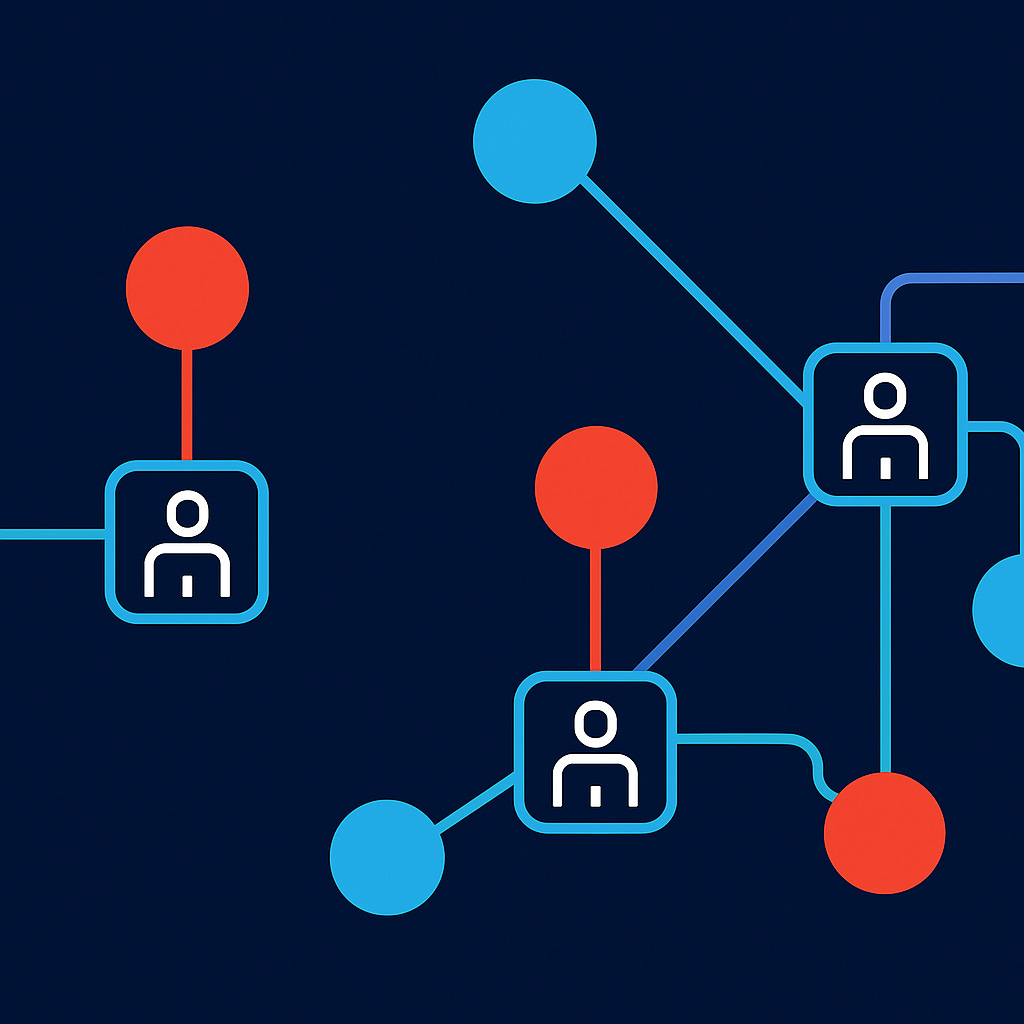From Agents to Architecture: Navigating the AI Agent Protocol Landscape
AI is accelerating fast—but the underlying systems are still fragmented and rarely speak the same language.
Over the years, I’ve worked on building software platforms and automation tools to make complex systems more manageable. I moved from monolithic applications to microservices, later adopting micro frontends to gain flexibility and scale. Event-driven and data-driven designs brought even more adaptability—but one issue persisted: integration was always the bottleneck. No matter how modular we got, connecting disparate services remained fragile, slow, and costly.
That’s why the Model Context Protocol (MCP) caught my interest. While I’m still exploring and experimenting with it rather than using it in production, I can already see its potential. MCP isn’t another tool or library. It’s a proposal for a deeper foundation—one that gives intelligent agents the ability to maintain shared context and collaborate coherently across services and platforms.
And if it works, it could change everything about how we build distributed systems.
From Microservices and Workflows to Agents
If you've worked through the evolution of software systems—from monoliths to microservices to event-driven platforms—the emergence of autonomous agents feels like a natural next step. But this shift introduces new architectural requirements. AI agents aren’t just microservices with intelligence; they need to reason, hold memory, negotiate with peers, and operate independently while maintaining consistent context.
That’s where agent protocols come in. They serve as the connective tissue—defining how agents communicate, share goals, delegate tasks, and align on outcomes across distributed systems. What HTTP did for the web, agent protocols aim to do for AI interoperability.
How MCP Could Transform Development
One of the first shifts MCP encourages is moving from rigid, predefined workflows to systems that evolve through interactions. Agent-oriented thinking invites us to see software as a network of decision-makers rather than a pipeline of function calls. Agents operate in a shared memory space, negotiating behavior based on real-time context instead of waiting for someone to call them.
Another appealing aspect is interoperability. Instead of building a custom adapter every time two systems need to communicate, MCP proposes a universal layer—a common contract for how agents talk to each other. That kind of shared language has the potential to cut integration time dramatically and reduce the complexity that plagues multi-system environments.
There’s also something powerful about context persistence. With MCP, agents can react to the world around them as it changes. Imagine a compliance agent observing an update in a billing system and independently triggering downstream checks—no orchestrator needed, no predefined flow to follow.
Strategic Benefits
The appeal of MCP goes beyond technical elegance. Faster development cycles become possible when new features can be composed from existing agents. User experiences improve as systems feel more coordinated and context-aware. Maintenance gets easier when shared standards replace glue code.
And from a business standpoint, the idea of plugging in a new third-party agent rather than building a feature from scratch opens up new possibilities for collaboration and marketplaces.
The State of AI Agent Protocols
Agent protocols are still in early development, but momentum is picking up. Several key players have proposed competing—but sometimes complementary—frameworks to bring coherence to the agent ecosystem.
Model Context Protocol (MCP)
Anthropic’s MCP is one of the earliest and most widely discussed efforts. It enables stateful, context-sharing between agents and defines structures like tools, prompts, and resources. Microsoft is developing a C# SDK for MCP, while companies like Block, Apollo, Replit, and Stripe are experimenting with it. But implementation remains complex, relying on persistent connections and often using stdio transport, which limits scalability. Many parts of the ecosystem—especially client-side primitives—remain underexplored.
Agent2Agent (A2A)
At Google Cloud Next 2025, Google unveiled A2A, an HTTP/JSON-based protocol with over 50 enterprise partners. It focuses on capability discovery, structured task management, and user experience negotiation. A2A introduces the concept of JSON-based "Agent Cards" and is positioned as a higher-level abstraction that complements lower-level frameworks like MCP and LangChain’s Agent Protocol.
LangChain Agent Protocol
LangChain’s protocol aims to bridge structured tooling and LLM orchestration. It integrates tightly with Python agents and is widely used in open-source experimentation. While still evolving, it's already a popular choice for researchers and hobbyists looking to spin up basic agent behaviors.
What's Clear (and What Isn’t)
The existence of multiple protocols isn’t a problem—it’s a sign of rapid innovation. But we haven’t yet converged on a single standard, and each protocol comes with trade-offs. Some prioritize enterprise security and HTTP transport (like A2A), while others are more LLM-native but harder to scale (like MCP).
The takeaway? Protocols are now central to building intelligent systems. And while it’s too soon to bet on a winner, it’s the right time to understand the landscape and get involved.
Final Thoughts
The race to define how AI agents collaborate is very much underway. Whether it’s Anthropic’s MCP, Google’s A2A, LangChain’s Agent Protocol, or something else entirely, one thing is clear: agent-based systems need standards.
As someone who's built backend systems, workflow engines, and distributed applications, I see agent protocols not as a hype cycle but as an architectural necessity. They won’t solve everything, and none of them are quite ready for prime time. But even today, they offer a window into what the next generation of software might look like.
We're witnessing the TCP/IP moment for agents. And while we don't yet know which protocol—or combination—will dominate, this is a space worth watching closely. If even half the promise holds, agent protocols will become a foundational layer for AI-first software in the years ahead.



